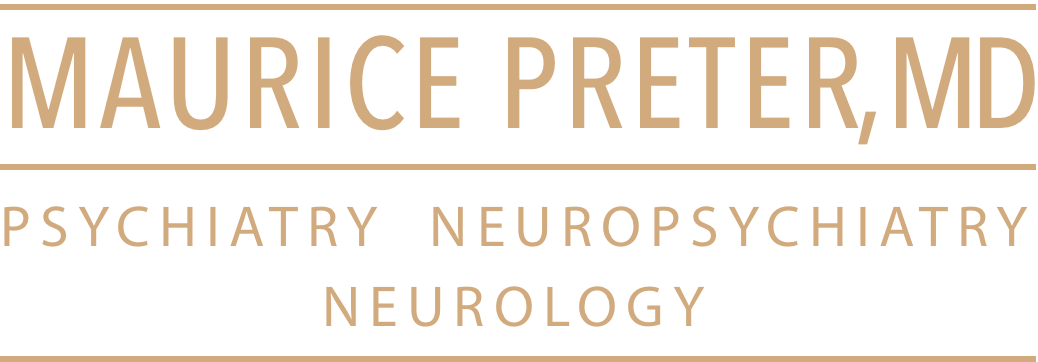Our panic disorder study just accepted for publication in Psychological Medicine.
See also this post.
TITLE: Controlled cross-over study in normal subjects of naloxone-preceding-lactate infusions; respiratory and subjective responses: Relationship to endogenous opioid system, suffocation false alarm theory and childhood parental loss (CPL)
Short Title: Controlled study of naloxone-lactate infusions in normals.
Maurice Preter1, MD, Sang Han Lee2, PhD, Eva Petkova3, PhD, Marina Vannucci4, PhD, Sinae Kim5, PhD, Donald F. Klein6, MD, DSc
1 Corresponding Author. Department of Psychiatry, Columbia University, and New York State Psychiatric Institute, New York, NY, and Department of Neurology, State University of New York, Downstate Medical Center, Brooklyn, NY.
Mailing address: 1160 Fifth Avenue, 112. New York, NY 10029, USA.
2The Nathan S. Kline Institute for Psychiatric Research, Orangeburg, NY 10962.
3 Department of Child and Adolescent Psychiatry, New York University School of Medicine, New York, U.S.A.
4 Department of Statistics, Rice University, Houston, Texas 77251-1892.
5Department of Biostatistics, University of Michigan, Ann Harbor, MI 48109.
6Phyllis Green and Randolph Cowen Institute for Pediatric Neuroscience, Department of Child and Adolescent Psychiatry, New York UniversityLangone Medical Center; Nathan S. Kline Institute for Psychiatric Research; Department of Psychiatry, College of Physicians and Surgeons, Columbia University, New York, New York.
ABSTRACT:
Background:The expanded suffocation false alarm theory (SFA; Preter and Klein, 2008) hypothesizes that dysfunction in endogenous opioidergic regulation increases sensitivity to CO2, separation distress and panic attacks. In panic disorder patients, both spontaneous clinical panics and lactate-induced panics markedly increase tidal volume, while normals have a lesser effect, perhaps due to their intact endogenous opioid system. We hypothesized that impairing the opioidergic system by naloxone could make normal controls parallel panic disorder patients’ response when lactate challenged.
Whether actual separations and losses during childhood (Childhood Parental Loss, CPL) affected naloxone-induced respiratory contrasts was explored. Subjective panic-like symptoms were analyzed although pilot work indicated that the subjective aspect of anxious panic was not well modeled by this specific protocol.
Methods: Randomized cross-over sequences of intravenous naloxone (2mg/kg) followed by lactate (10mg/kg), or saline followed by lactate were given to 25 volunteers. Respiratory physiology was objectively recorded by the LifeShirt. Subjective symptomatology was recorded.
Results: Impairing of the endogenous opioid system by naloxone accentuates tidal volume and symptomatic response to lactate. This interaction is substantially lessened by CPL.
Conclusions: Opioidergic dysregulation may underlie respiratory pathophysiology and suffocation sensitivity in panic disorder.Comparing specific anti-panic medications with ineffective anti-panic agents (e.g., propranolol) can test the specificity of the naloxone+lactate model. A screen for putative anti-panic agents and a new pharmacotherapeutic approach is suggested. Heuristically, the experimental unveiling of the endogenous opioid system impairing effects of childhood parental loss and separation in normal adults opens a new experimental, investigatory area.
